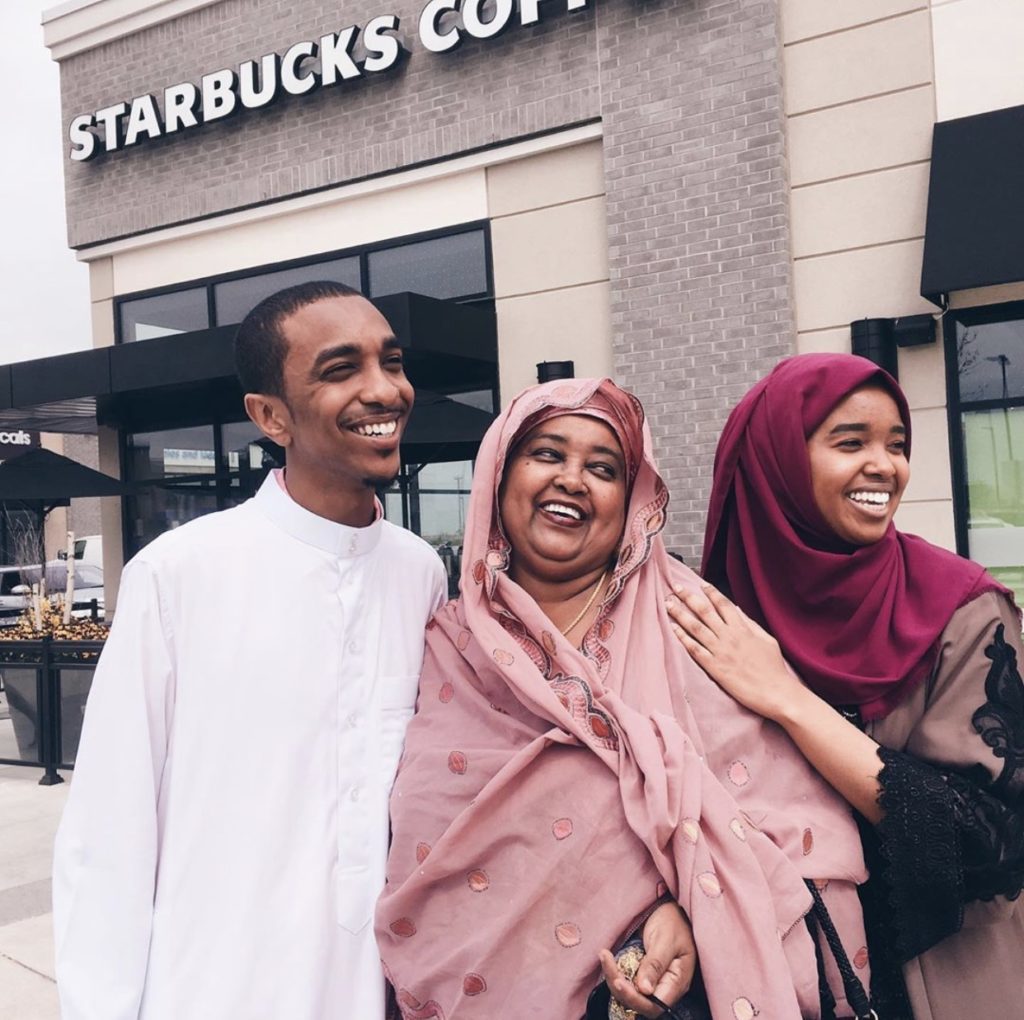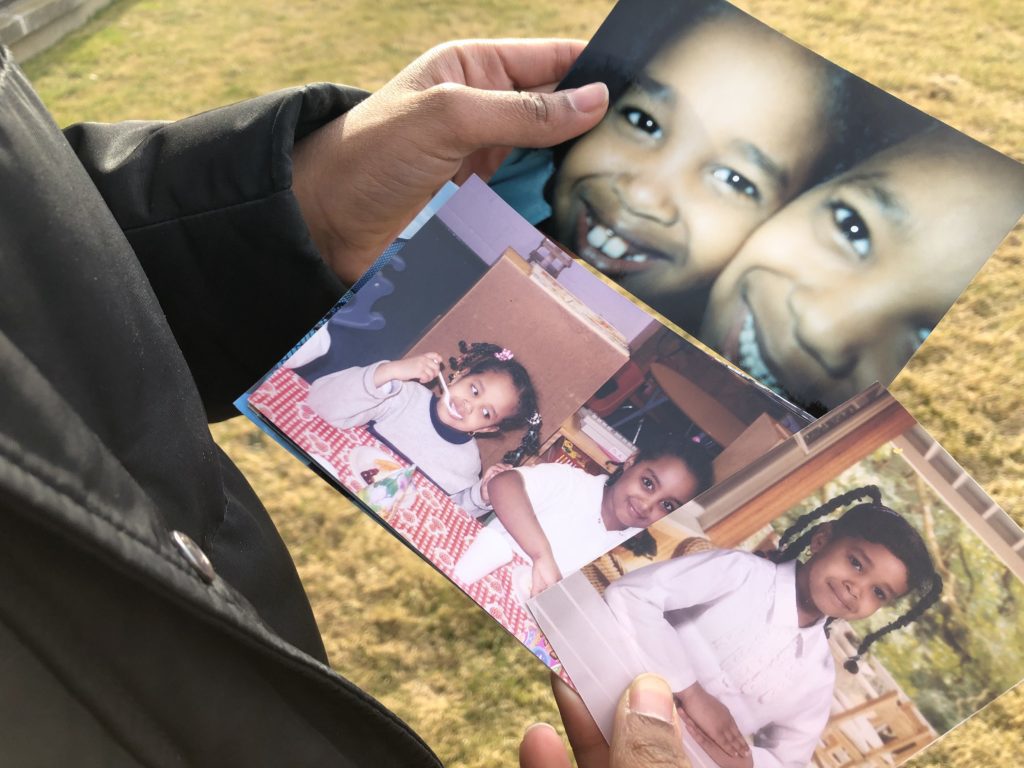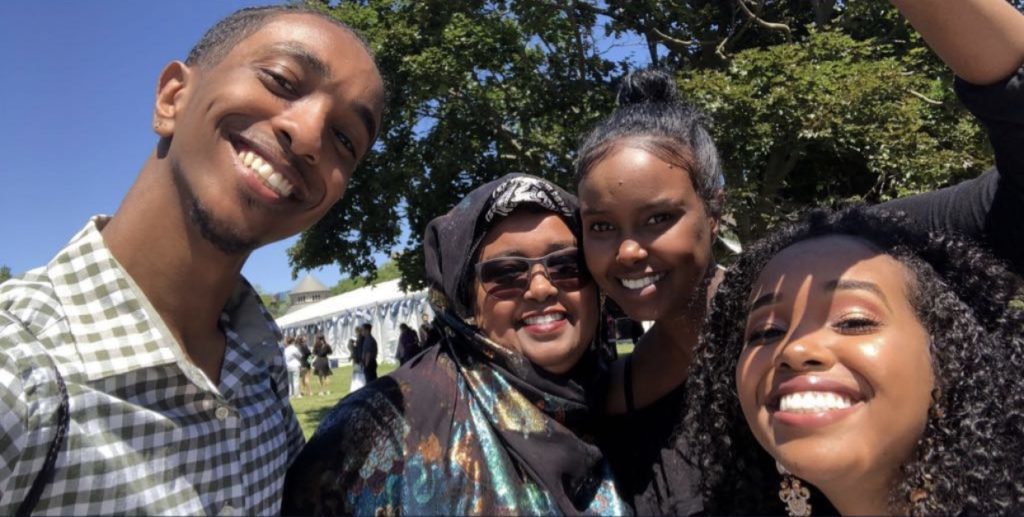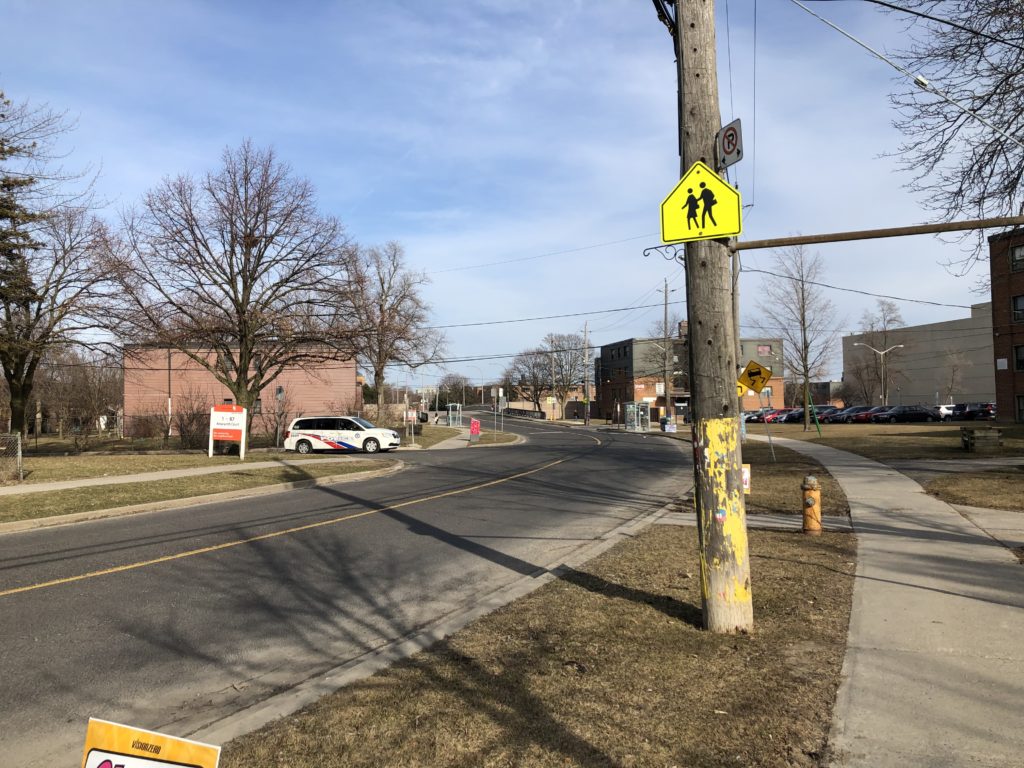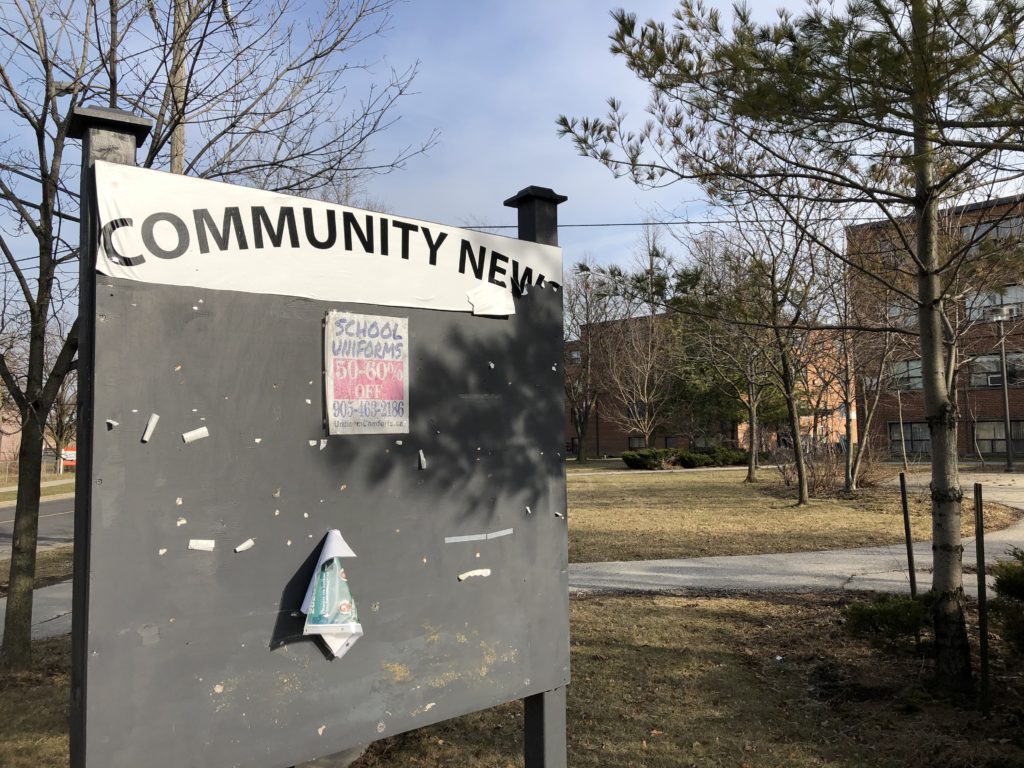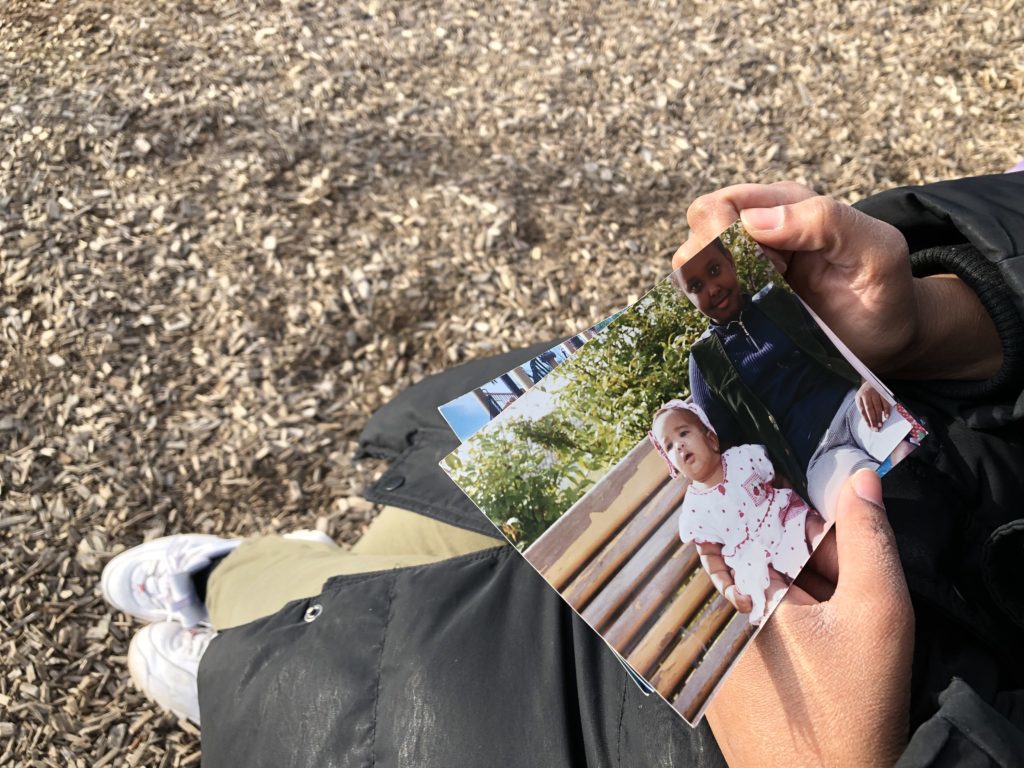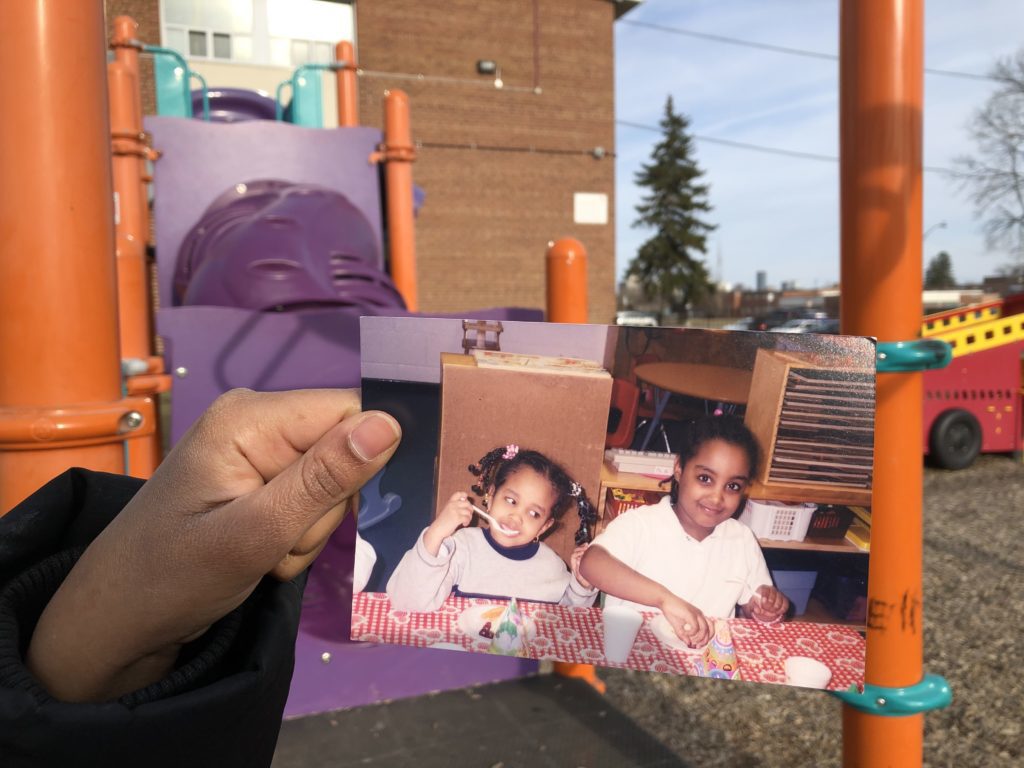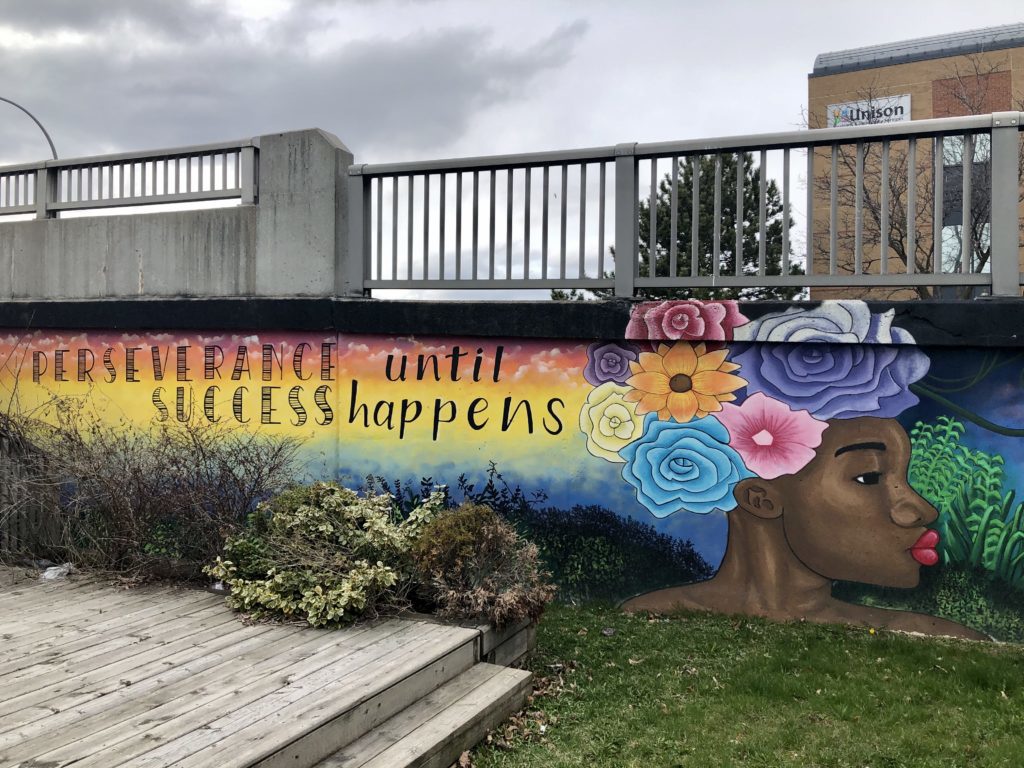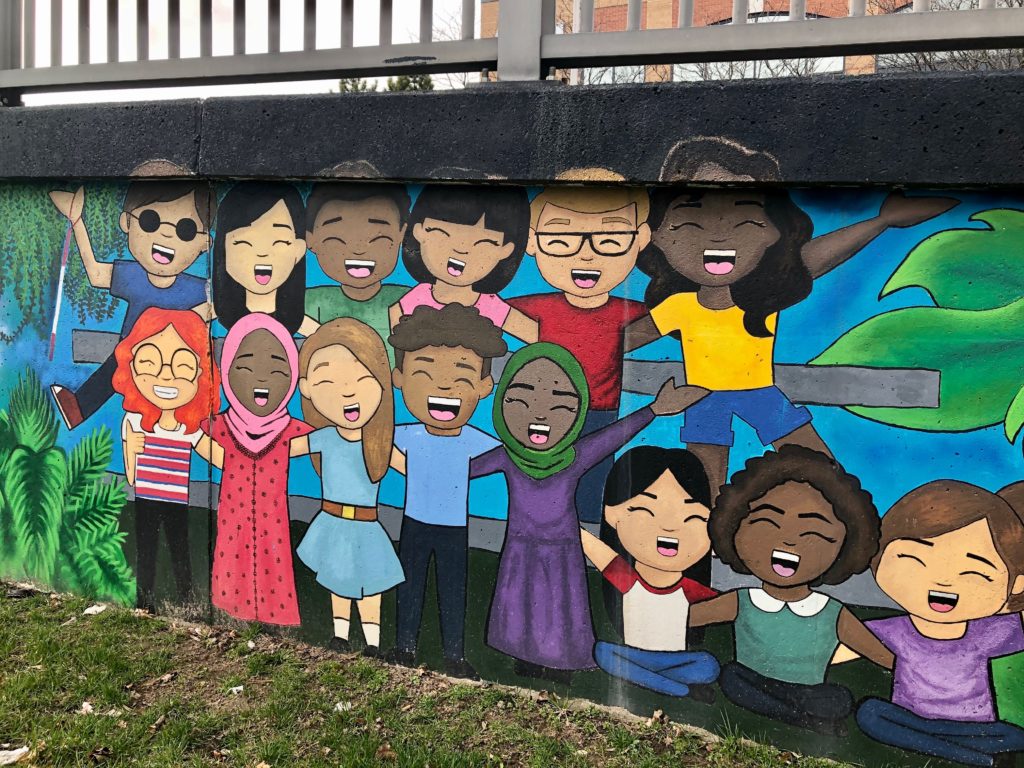By Laila Hashem
It’s 2004. Three giggling girls look out of place wandering a quiet hallway until their feet simultaneously stop at apartment 207. Hand in hand, they lift their fists to knock, but the brown door swings open before they reach it, revealing a woman with all-too-knowing eyes. She isn’t dressed for guests — her turquoise baati, a classic cotton pajama dress from her ancestral home of Somalia, is her Saturday uniform. She opens the door wider and the girls’ smiles light up the dim hallway as they notice the small figure hiding behind her.
They look back at the woman with hopeful eyes and flutter their eyelashes before asking, “Can Sumia come out to play today, hooyo?”
Mila Roble became a “hooyo” (which means mother in Somali) to the seven-year-olds and many other Somali children in the tight-knit community when she moved there in 2000 with her four children — Walid, Sofia, Sumia and Shirwa.
“I love you, be safe,” she yells after the small figures running toward the purple playground across the street, their shiny curls bouncing behind them.
And she knew they would be.
All that has changed — today, a knock on her rusty Lawrence Heights door sends her motherly instincts into overdrive, and her worry-filled eyes can’t help but wander her small home. She counts her grown children’s heads “to make sure they’re there” — one, two, three and four, her “Baby Shirwa.”
Lawrence Heights, a hard-scrabble North York neighbourhood just south of Yorkdale Shopping Centre, is one of Canada’s oldest and largest community housing projects. Its roadways are a labyrinth of twists, turns and dead-ends, making a somewhat aesthetically pleasing pattern from the sky and little sense on the ground.
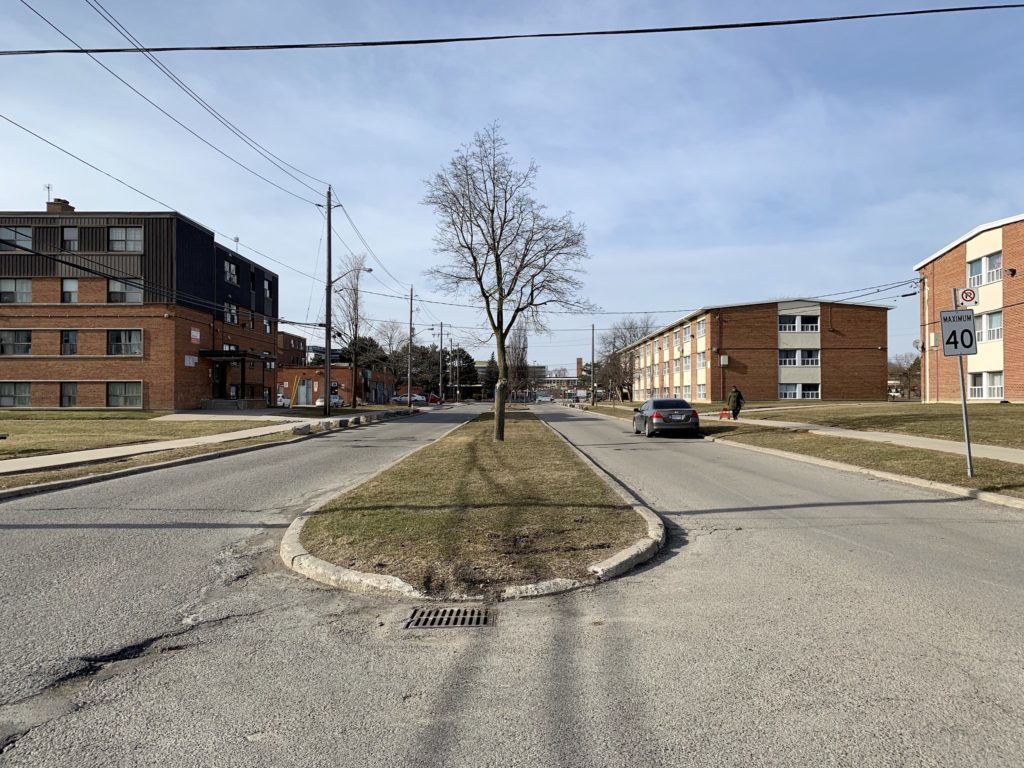
In 2005, Toronto City Council designated Lawrence Heights as one of 13 priority neighbourhoods, a label reserved for areas high in crime and low in support resources.
Fourteen years later, in July 2019, it became clear that Lawrence Heights hasn’t been a priority when it endured seven shooting incidents over two weeks. But this was not news to the people who wake up every morning to this horror movie replaying outside their bedroom windows. They cannot shield their eyes and ears from the random drive-by shootings and gunshots that echo day and night. They cannot grieve their brothers, cousins and friends or the disappearing innocence in their young siblings’ eyes. And when winter comes and there’s a moment of peace and quiet, their hearts cannot rest remembering those who promised it’d be over soon. There’s an everlasting dark cloud over their homes — but Roble’s fond memories paint a colourful Lawrence Heights.
“I let my kids out to play, my neighbours let their kids out to play. We never feared our community,” she remembers. However, over the years, as her children grew older and transformed in front of her very eyes, so did her community.
Her home became the “Jungle” to the people of Toronto. A place where drugs, poverty and gangs live. But between the dehumanizing headlines and racist stereotypes that vilify her community, it’s often forgotten that people live here, too. Children, single parents and solo seniors make up this neighbourhood, and they’re just trying to survive in a place that works against them.
“I remember the first time someone died since I moved in. It terrified me, but I still felt OK because a lot of people cared then,” she says, referring to a drive-by shooting down the street from her building in 2005. “My kids remember it too. They’re never going to forget.”
Sumia Ali, now 23, recollects the good and the bad.
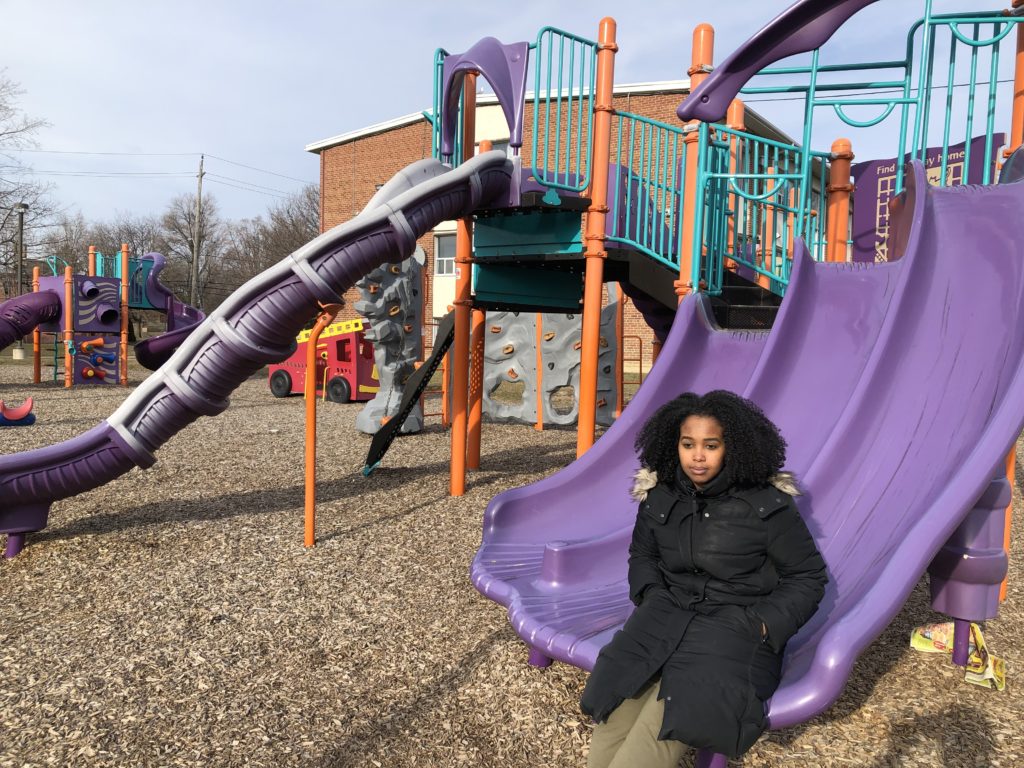
Predominantly newcomers and immigrants from East and West African countries, the Caribbean, and Latin America, many communities are represented in the small housing units spread out over 100 acres of fenced land. But in her naive eyes, they were one.
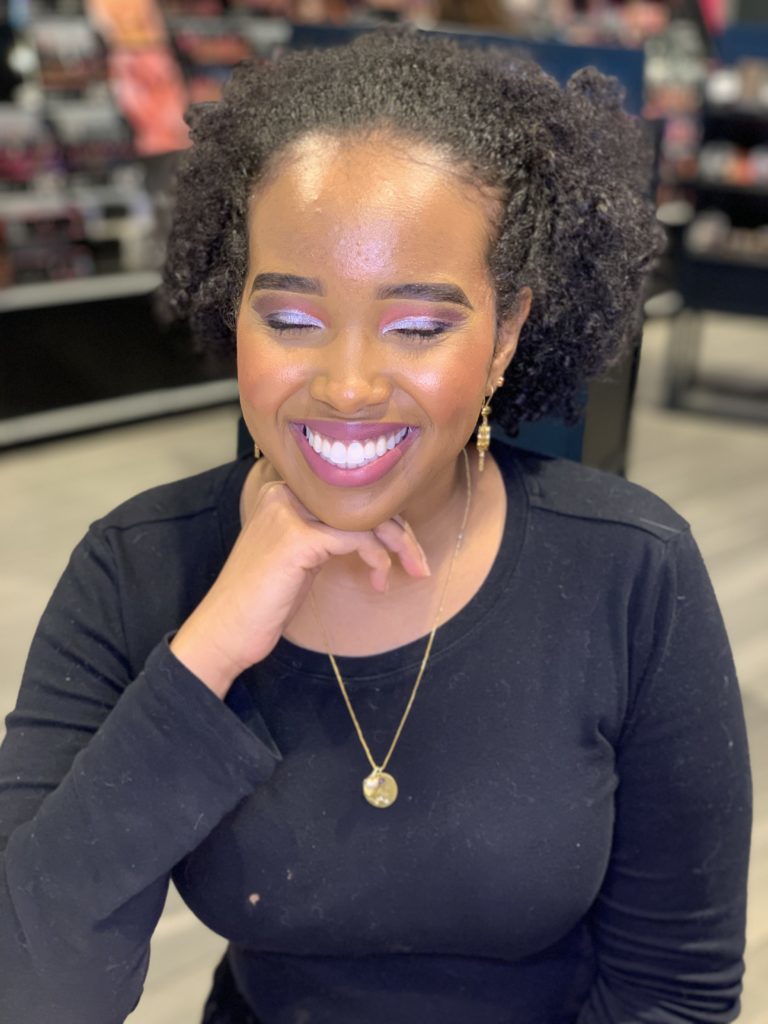
To survive in Lawrence Heights, “You have to have a passion. If you don’t, you might fall into the wrong crowd or do things that are not good for you,” she says, reflecting on her love for art. Her eyes shimmer when she laughs, remembering all the times she stole her hooyo’s makeup brushes as a child.
But Ali’s journey isn’t hers alone, she’s bringing her community with her.
Her latest mission? The Community Healing Project at Stella’s Place — a mental health facility for young adults in downtown Toronto. Through this program, youth receive training to handle trauma, anxiety, PTSD and other mental health issues developed in communities with high rates of crime and violence. Then, they train other youth to do the same.
“The bad things have affected this community drastically, but I do think there are healthy mechanisms for coping with mental health,” sighs Ali, pictured at right. “A lot of people don’t care about us, so we have to do things ourselves. We can’t just talk but not do anything about it.”
Growing up in this environment has also shaped the way her younger brother, Shirwa, navigates life as a 21-year-old black man. “I have to be alert at all times. I have to leave the house knowing my mom is worried I won’t come home tonight,” he says, almost in a whisper.

Shirwa’s young eyes have seen too much. He can’t tell the difference between fireworks and gunshots. Cousins and friends have been shot and killed steps away from his building. He has been at the scene of a stranger’s murder before the police and ambulance arrived. He loves his community but hates his neighbourhood.
“If I hadn’t grown up here, and seen the things I’ve seen, I wouldn’t be the person I am today. I’ve seen how systemic racism and gun violence have affected us and left us to suffer. Not us alone, but black people all over the world.” Shirwa takes women’s rights and race issues classes at Carleton University, is involved with activist groups on campus and is an ally at protests for other marginalized groups, like the Wet’suwet’en people who have been in a battle of their own since February. “It’s made me aware of and passionate about so many other social justice issues and movements. It’s made us stronger.”
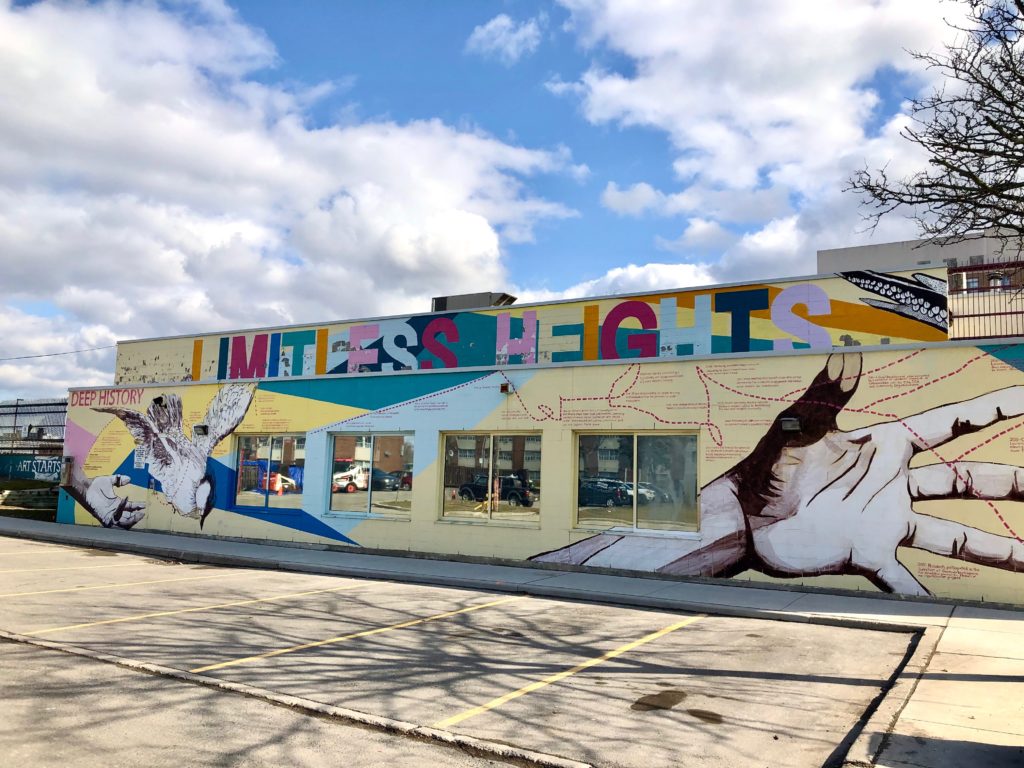
In 2013, Toronto Police launched the Neighbourhood Community Officer Program to address violence and crime in neighbourhoods across the city. Geoff Kerr has been a cop for 30 years and has worked in 32 Division for the past 20. About two years ago, he was assigned to Lawrence Heights as a community officer.
“One of our primary focuses is to build a better relationship between the police and the community. We’re here to connect with people and help them out with family issues and whatever other adversities they may be facing, and obviously to keep the peace,” explains Kerr.
The program has made a difference in this neighbourhood, both for the police and the people, and crime has decreased, Kerr says. The officers couldn’t do it without faith, in themselves and in the community. “You can’t embark on something without having the belief that you are going to make a difference. You don’t sit on a chair without the faith that it’s going to hold your weight. The officers working in this area want to be here. We believe we have the skills to make a difference in the community.”

His partner, Caila Khan, can’t help but smile as she listens to him talk about the same place she’s grown to love. “This is a great community. I’m amazed at the different relationships they have and the sense of community spirit amongst everybody — it’s a proud community and they’re doing their best,” he says, warmly.
But their best will never be enough. Lawrence Heights can only reach so high without the rest of us.
Now, hiding behind the door of apartment 207 in her favourite pink baati, Sumia Ali’s final words echo in the quiet, dimly-lit hallway, “I don’t think the people that live here are bad. I love Jungle. I love the people that live here. They shaped who I am as a person. I just want this city to see us the way I see us too, as humans worthy of love.”
